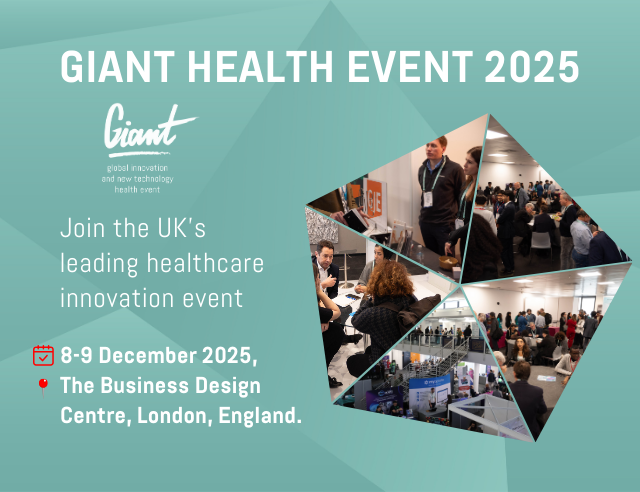
In today’s dynamic healthcare landscape, regulatory compliance stands as a cornerstone for healthcare organisations. Evolving regulations require timely shifts in how healthcare organisations operate, and this can be challenging to stay on top of.
The need for change in healthcare services is evident, though. Technology can be the key to managing this by streamlining resource allocation, thereby reducing the risks associated with non-compliance simply by reducing the margin for human error.
Enhanced reporting and documentation, staffing optimisation, adherence to working time regulations, and streamlined skill and credential management are critical aspects of the compliance journey. All can be managed steadfastly with software.
Enhanced reporting and evidencing
Access to real-time data is paramount, and robust reporting capabilities that align with regulatory requirements provide evidence that supports teams in meeting required standards.
Room scheduling software, for example, can track various metrics, including room utilisation rates and resource allocation. Reports simplify the process of generating accurate and timely information, enabling organisations to demonstrate compliance during audits and inspections along with hitting targets and KPIs. Real-time monitoring and alerts for room availability also enables a swift response to recycling resources and maximising efficiencies. Meanwhile, historical data analysis provides insights into usage patterns for optimisation and exception monitoring.
These capabilities collectively empower organisations to streamline operations, optimise resource utilisation and demonstrate accountability.
Resource optimisation
NHS Improvement has asked hospitals to consider using the “6-4-2” model whereby surgical staff declare their annual leave six weeks in advance, agree their surgical lists four weeks in advance, and double check their plans two weeks ahead.
This, according to NHS Improvement, is to mitigate theatre time lost to late starts, early finishes and delays between operations. If used by hospitals in England, NHS Improvement estimates they could potentially carry out 290,000 more elective operations a year.
This policy is designed to mitigate disruption associated with fluctuating patient volumes and unexpected absences. With the help of software, organisations can automate the process of matching staff availability and skills to room availability. By ensuring appropriate staffing allocation, healthcare organisations ensure they comply and exceed statutory patient safety and quality of care rules.
A room scheduling system designed to facilitate the efficient management of clinical rooms offers room utilisation transparency and minimises the risk of delays between clinic appointments and consultations. Clinicians and administrators are able to get a longer-term and clearer picture to avoid excess capacity tackling the same challenge as the “6-4-2” model is seeking to address.
Administrators can control all resources, empower requesters to view real-time room availability and manage room bookings and cancellations efficiently, maximising efficiency, and providing valuable insights for decision-making and reporting.
Adherence to working time regulations
Adherence to working time regulations is another crucial factor for healthcare organisations to consider and is instrumental to prevent burnout and ensure patient safety. These regulations typically limit the number of hours employees can work in a given period, which is usually 48 hours a week over a standard reference period of 17 weeks.
By utilising dedicated systems for tracking working hours, organisations can enhance their overall compliance efforts by proactively managing schedules, flagging potential violations, and addressing conflicts; ensuring optimal resource management and adherence to working time regulations.
Streamlined skill and credential management
Healthcare organisations must also maintain accurate records of staff skills, qualifications, and credentials to comply with industry regulations. Dedicated credential management solutions serve as centralised repositories for tracking and verifying staff credentials. By automating this process, organisations can ensure compliance with regulatory requirements, avoid scheduling staff without the necessary qualifications, and mitigate the risk of non-compliance.
It’s clear that software plays a pivotal role in optimising resource allocation and ensuring compliance with regulatory requirements. By offering transparency and automating consistent record taking tools like resource scheduling software streamline the process of matching staff availability and skills to patient demand, ensuring clear documentation, ensuring optimal utilisation at all times.
By embracing technology-driven solutions, clinicians and administrative teams can enhance patient safety, improve quality of care, and safeguard themselves from potential legal and financial penalties associated with regulatory non-compliance.











